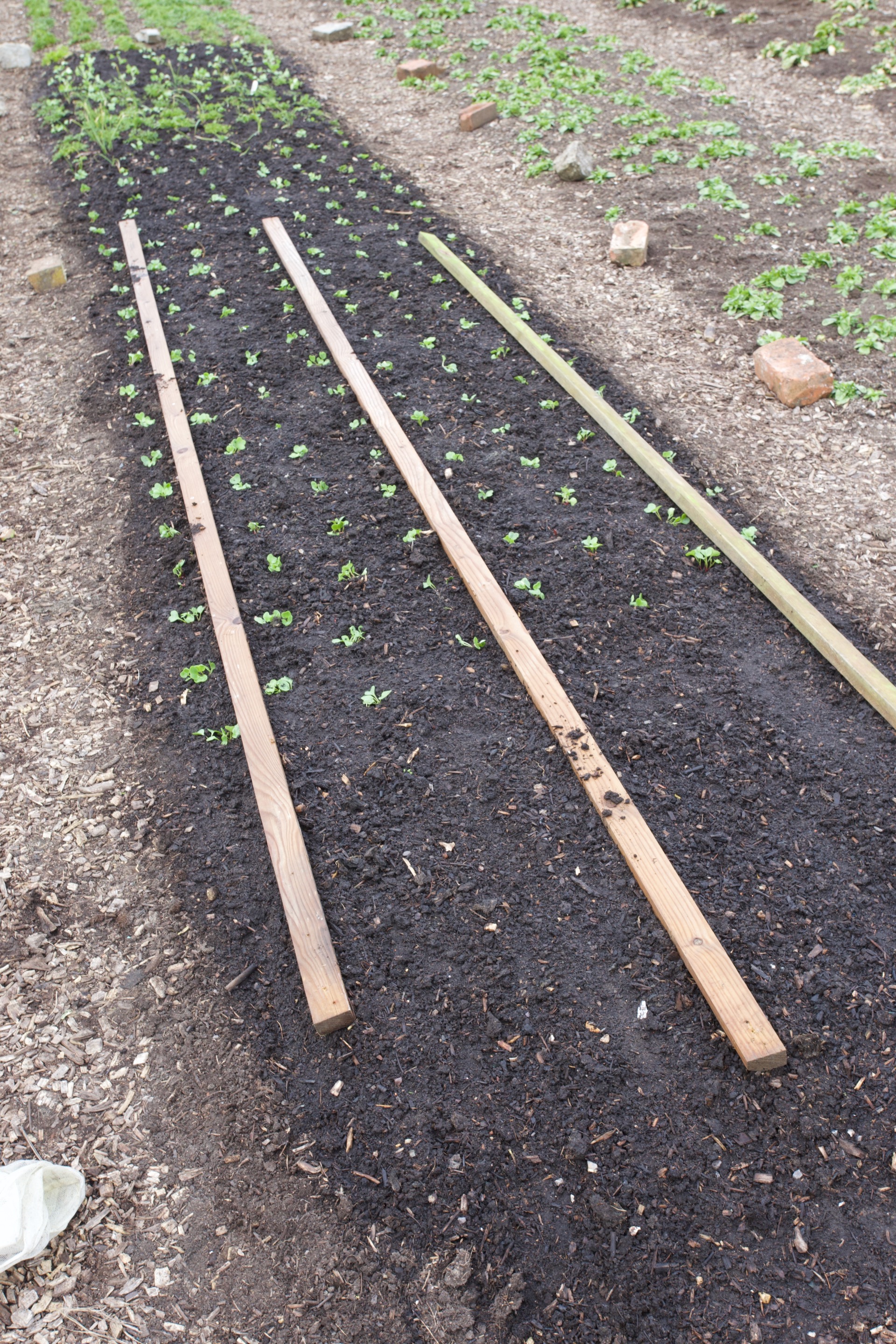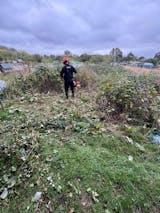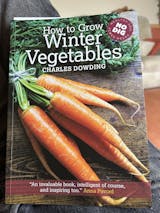Warmth (relative to winter!) will be noticeable for many of us through the second half of March. What an opportunity to sow and transplant many vegetables.
I feel excited.
Also because my New Energies book is soon to publish. It describes simple and cheap ways to increase growth, such as the five stick method to raise soil warmth during sunshine. That's a result of an energy field you can create, making land more responsive to sun energy. I have practiced it here since 2013.
Drawing by Emma van Zeller, is in the book.

Potting mix
I use 20 to 50% of my own compost, much of which comes from the wormery, as in the photo below.
If you don't have home-made compost to use, I recommend Urban Wyrm multipurpose peat free. I have found it good and I'm receiving fine feedback from gardeners using it.
Lifegrowsonandon, YouTube
I've had 4 of 50L urban Wyrm compost and it's the best for seedlings I've found, will be my go to from now on, thanks for the recomendation!

Sowings outside
From mid March you can make outdoor sowings direct in the soil. Such as peas, broad beans, carrots, parsnips, onion, spring onions, lettuce, spinach, radish, turnip, coriander, dill, coriander and parsley. Any cover of fleece will speed germination. My Seed Collections are a way to choose best sowings for each month.
Early potatoes can go in (see my Guide), but there is no rush, especially if your last frost date is in May. Here, it's 15th May and my main potato planting is 10th April, and late March for first earlies. At the moment the seed potatoes are chitting (sprouting) on a windowsill.

Sow under cover from mid-March
All vegetables and herbs I list above, for outdoor sowing, can still be sown under cover. Except for carrots and parsnips whose tap roots break when transplanted.
New sowings in protected spaces include tomatoes as soon as you can, if not already. Aubergine, pepper and chilli are still possible. Mine are in the middle of the hotbed!
Find sowing dates until year's end in my 2025 Calendar, now reduced in price with 80% of dates still relevant. Also in my No Dig book, which we sell on offer with Compost.
See my Seeds and Seedlings video.

Start no dig
I'm told that I make growing look too easy. Well, it is easy once you have got your plot set up in no dig.
That's why we have created a new course for beginners. With lots about growing too, described as though you never grew anything yet!
The essential essentials, eight lessons with videos you won't see elsewhere, hundreds of photos with captions.

Plant outside
Options for transplanting in the second half of March are cold hardy vegetables, herbs and flowers including sweet peas. Most vegetables will be at a 3 to 4 week old stage from date of sowing:
- All of radish, turnips, onion, spring onion, spinach, lettuce, cabbage, calabrese, cauliflower, kohlrabi, fennel, pea, broad, bean, and any herbs you may have sown. See my recent garden tour for more context.
- See my Garden Planner for how to organise your plantings




Winter composting…
is a slow process.
In December, this heap was often 50°C/120°F and that's become the black part at bottom.
After Christmas, we added fewer new goodies, green materials in particular. Temperatures have not exceeded 30°C 86°F because of that.
Never mind, we stop filling very soon and leave it two months, then turn it once into an empty bay and it will be beautiful compost by autumn.
Now it's time to start new heaps.

I feel encouraged
I had a visit last week from @farmacyfarm in East Sussex. A project started by Camila al-Fayed, working to grow healthy soil, plants and people.
When the visit was arranged, I never expected to meet such interesting friends and helpers. Turns out they have followed me for a while, and I find it hugely reassuring when people of fame and fortune are drawn to the soil and healthy growing.

To finish,a surprise
There are commonly accepted sayings in gardening, which need explaining.
Such as that you cannot grow plants in fresh manure - and I advise this. I would never put plants or seeds into fresh chicken manure, even the less 'hot' (nitrogenous) cow manure,
Yet look at the growth of these broad / fava beans. Their roots are in five day old horse poo. It's a test for pyralid weedkiller (see video) and the plant is telling me, all is fine!













































0 comments